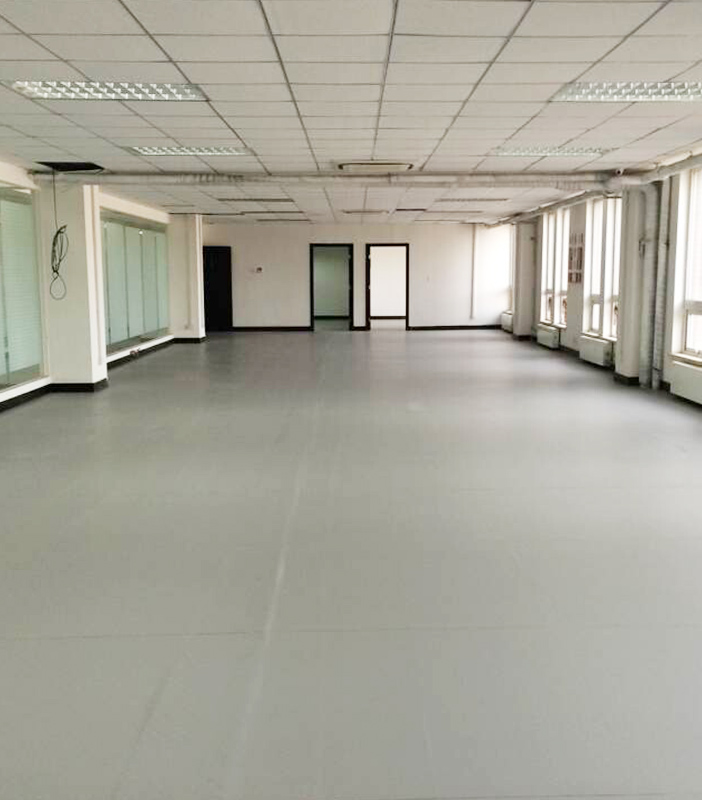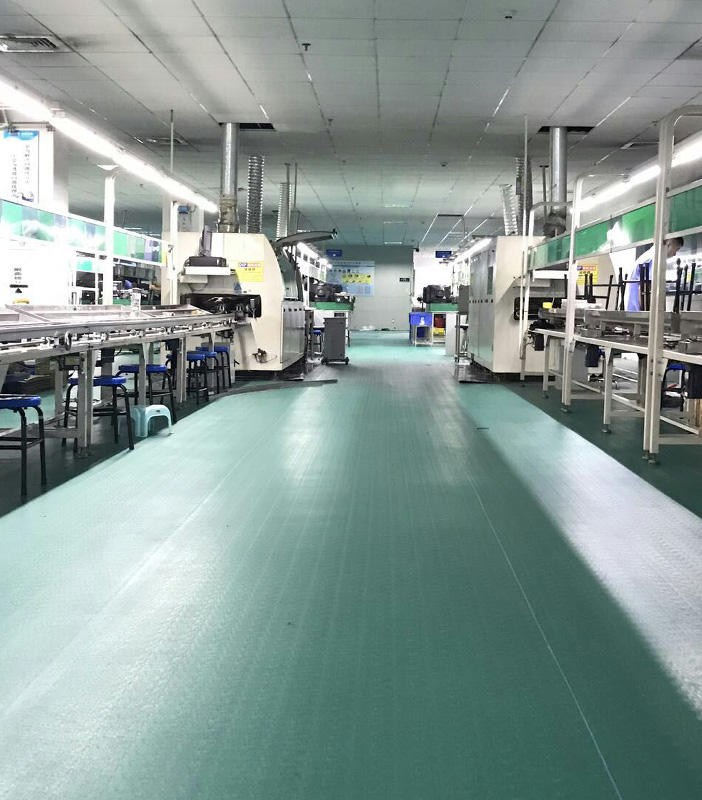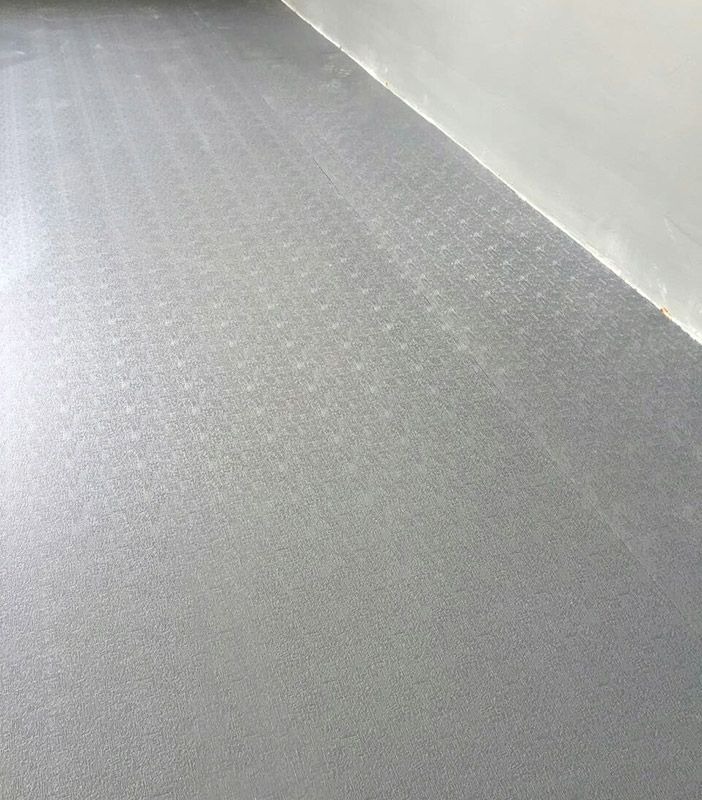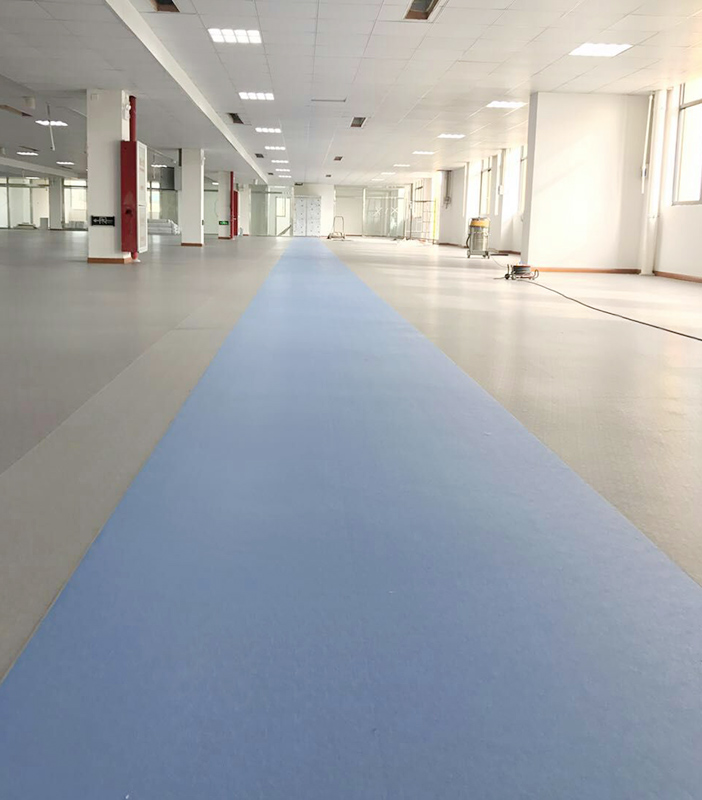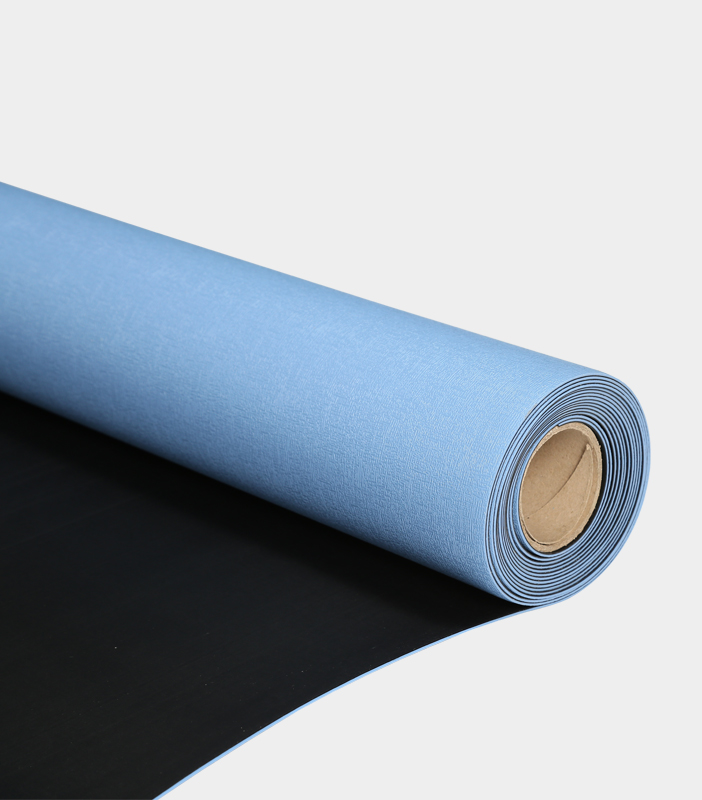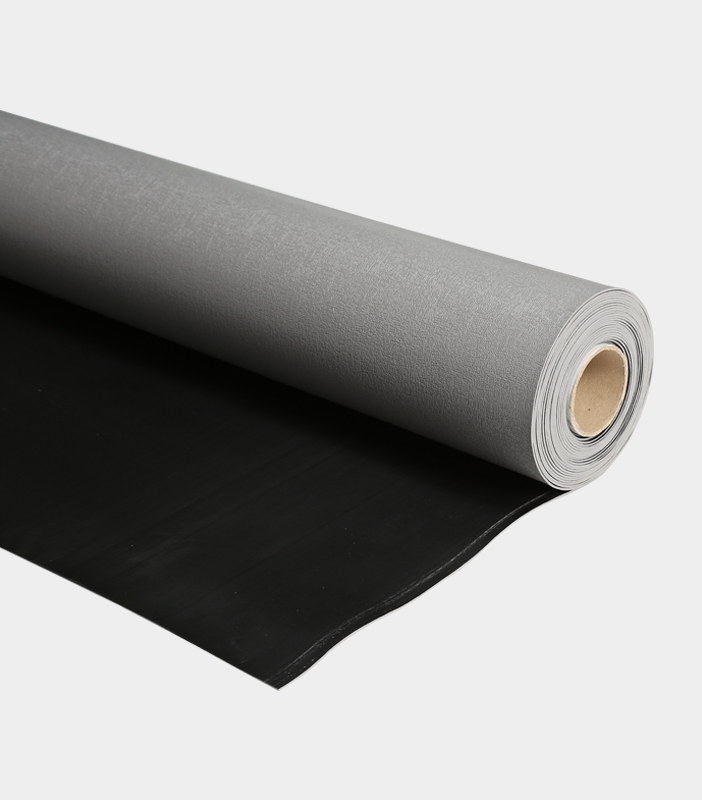ODM Sale ESD Table Foam Mat Wholesaler Producer in China
ESD foam mats are designed to small the risks associated with static electricity. Made from conductive or dissipative materials, these mats facilitate the safe discharge of static charges, thereby protecting sensitive electronic parts from potential harm. Their main application lies in creating static-free work environments, which is critical in sectors such as electronics manufacturing, telecommunications, and automotive assembly.
In the rapidly evolving landscape of electronics and manufacturing, the need for effective electrostatic discharge (ESD) protection has become increasingly apparent. ESD can significant damage to sensitive components, resulting in costly repairs and delays.
By using ESD foam mats, businesses can mitigate the risks of electrostatic discharge that may occur during the assembly and handling of electronic devices. This proactive approach to ESD control not only protects components but also enhances overall product quality, contributing to improved operational efficiency.
The implementation of ESD foam mats in manufacturing settings significantly enhances workplace safety. These mats provide a reliable surface that helps to reduce the likelihood of ESD incidents, ensuring that workers can handle delicate electronic components without fear of causing damage. Additionally, the presence of ESD mats aids compliance with industry standards concerning electronic component safety.
Often used in conjunction with other ESD protective gear, such as wrist straps and grounding systems, ESD foam mats form a critical part of a comprehensive static control strategy. This layered approach not only protects products but also instills confidence among employees handling sensitive materials.
Manufacturers of ESD foam mats are continuously exploring new technologies to improve their products. Recent developments focus on enhancing the durability and effectiveness of the mats. New formulations are being introduced that provide greater resistance to wear, ensuring the longevity of the mats in busy manufacturing environments.
Furthermore, the combination of comfort and static control is becoming a focal point in mat design. By incorporating cushioning properties alongside conductive materials, manufacturers are addressing the ergonomic needs of workers who spend extended periods on their feet. This dual functionality not only improves worker satisfaction but also encourages a safer working environment.
As sustainability becomes an essential focus for industries worldwide, manufacturers of ESD foam mats are adopting eco-friendly practices. This shift includes the use of recyclable materials and the implementation of energy-efficient production methods. By prioritizing sustainability, manufacturers can meet the growing demand for environmentally responsible products, appealing to a market that increasingly values eco-friendly practices.
These sustainable initiatives not only reduce environmental impact but also align with corporate social responsibility goals, helping businesses strengthen their reputations in the marketplace.
Despite the growing demand for ESD foam mats, manufacturers encounter several challenges. Rising material costs and supply chain issues can affect production timelines and pricing strategies. To remain competitive, companies must be agile in navigating these challenges while continuing to deliver high-quality solutions.
Moreover, the dynamic nature of the electronics industry necessitates that manufacturers stay attuned to emerging trends and customer needs. Adapting to these changes will be crucial for sustained success in the ESD mat market.
The increasing adoption of ESD foam mats highlights their vital role in protecting sensitive electronic components across various sectors. As awareness of ESD issues grows, these mats will remain a fundamental element in ensuring product integrity and operational efficiency in electronics and manufacturing environments.

 简体中文
简体中文 English
English España
España Deutsch
Deutsch